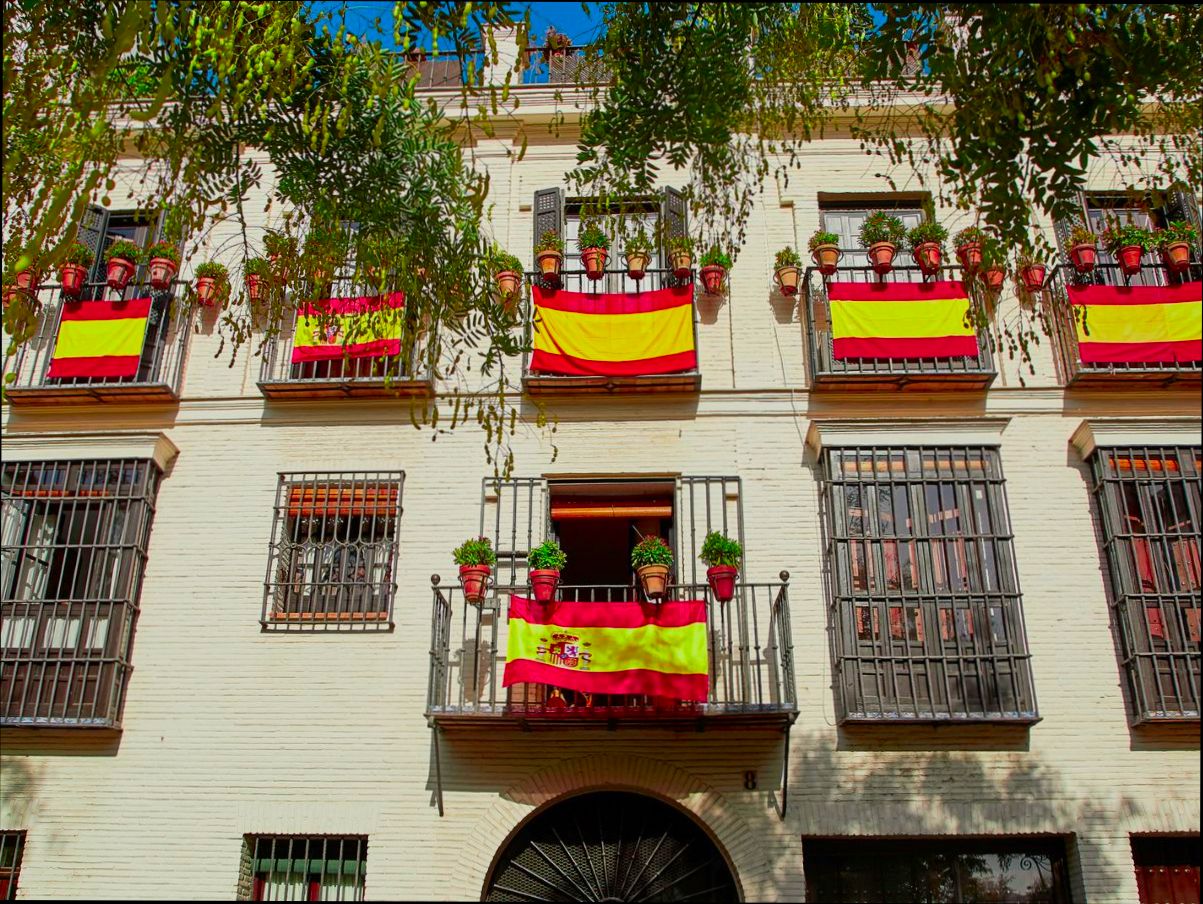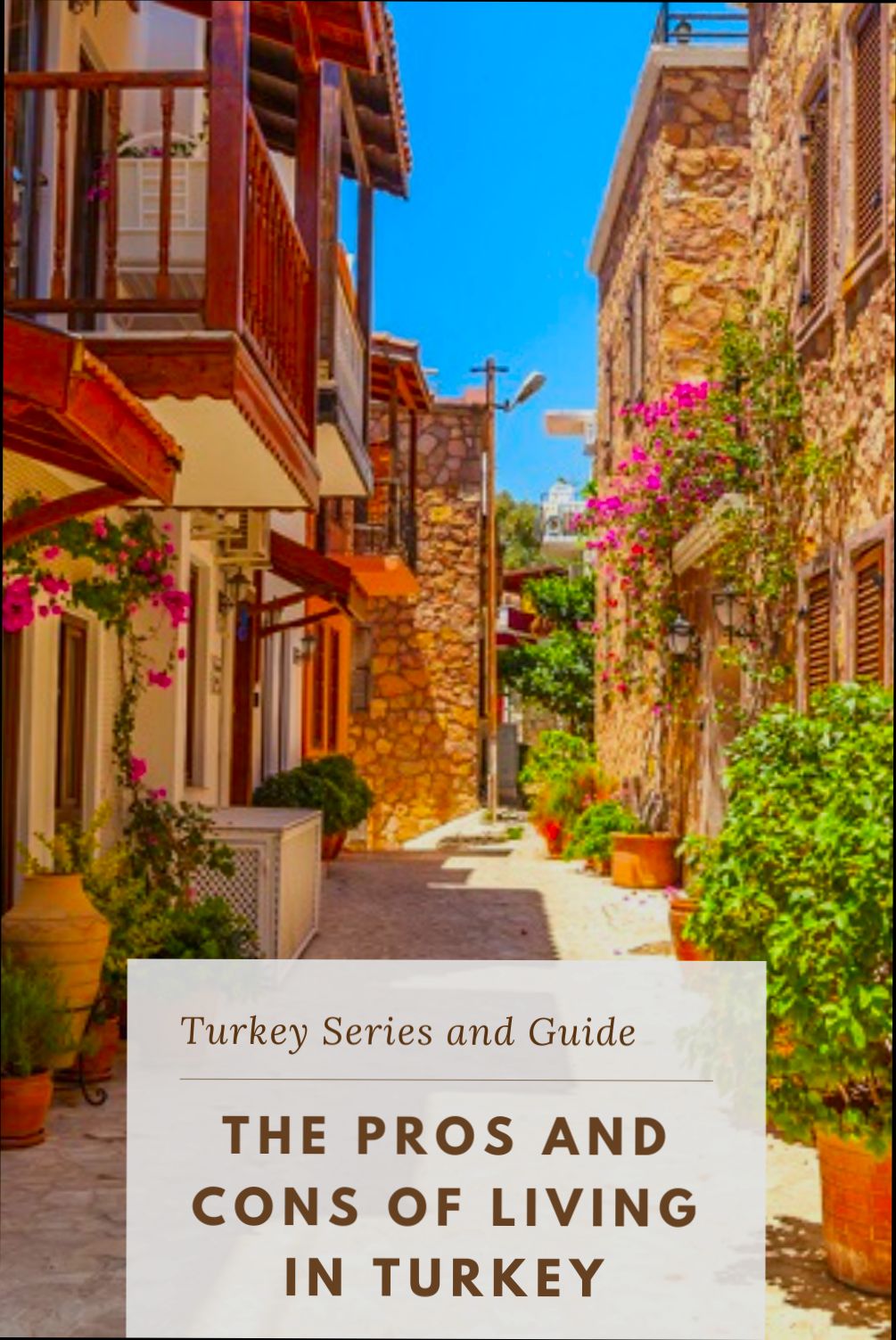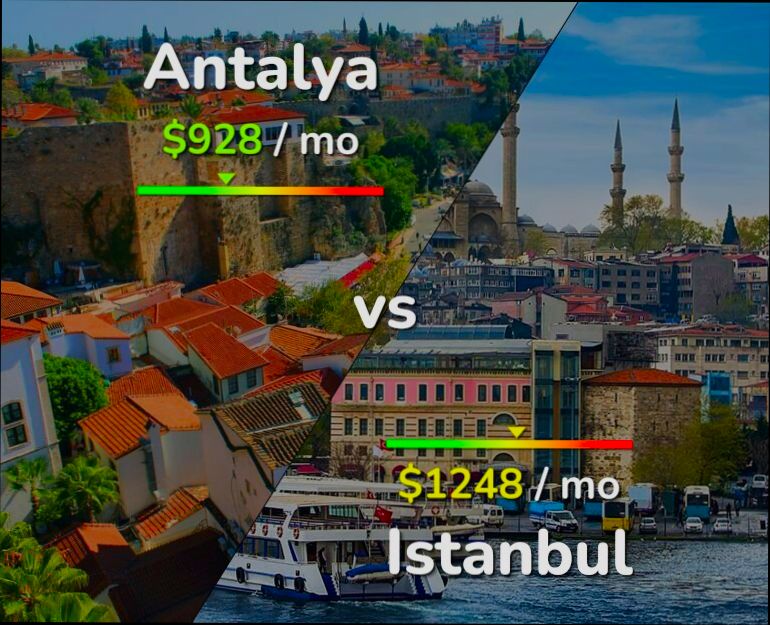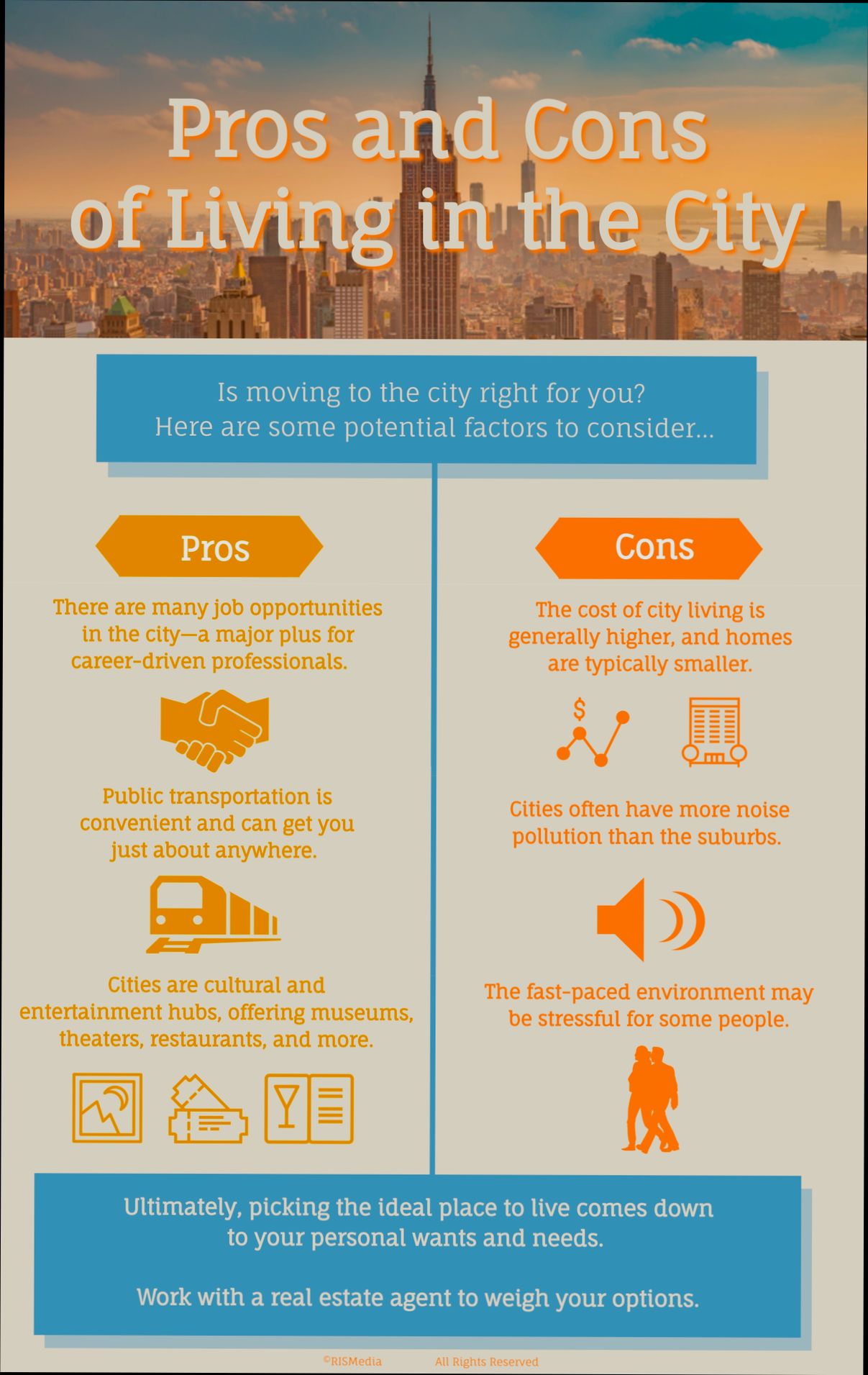Pros and Cons of Living in Ferrara! This charming Italian city, known for its stunning Renaissance architecture and rich history, has a lot going for it. With a population of around 132,000, Ferrara maintains a small-town feel while offering cultural gems like the Este Castle and the UNESCO-listed city walls. If you love cycling, you’ll appreciate its bike-friendly environment—most locals zip around on two wheels. Plus, the cost of living here can be surprisingly affordable compared to bigger cities like Venice or Florence, with rent for a one-bedroom averaging around €600 a month.
On the flip side, it’s not all pasta and gelato. The job market in Ferrara can be quite limited, especially for non-EU residents, making it harder to find work that matches your skills. If you thrive on nightlife and social buzz, you might find Ferrara a bit too quiet, especially during the off-season when tourists thin out. And while the historical vibe is enchanting, it can feel a tad stagnant if you’re looking for modern urban amenities or diverse dining options beyond traditional Italian fare. So, whether you’re drawn in by its medieval charm or consider the drawbacks, Ferrara offers a unique lifestyle that’s worth exploring.
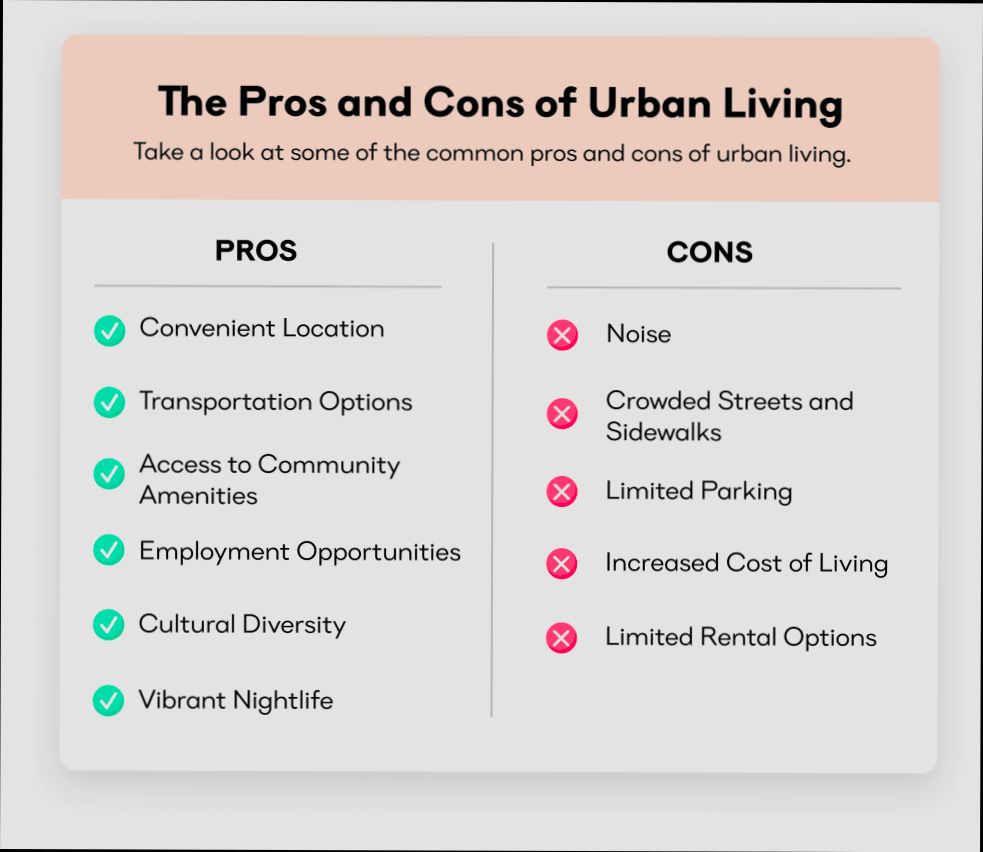
Cultural Heritage and Historical Significance
Living in Ferrara immerses you in a rich tapestry of cultural heritage and historical significance. This city, steeped in a medieval atmosphere, boasts architectural marvels and cultural legacies that date back to the Renaissance and beyond. Let’s dive deeper into what makes Ferrara a unique case in cultural heritage.
Key Elements of Cultural Heritage
1. Historical Structures: Ferrara is home to numerous UNESCO World Heritage Sites. The most notable among these is the Este Castle, which showcases the city’s prestigious past as the residence of the House of Este. This castle, with its impressive architecture and surrounding moat, is a prime example of renaissance military architecture.
2. Cultural Diversity: With a rich blend of influences from various cultures, Ferrara’s heritage showcases both tangible and intangible elements. The city celebrates cultural appreciation through festivals and events that highlight arts, crafts, and traditional cuisines.
3. Preservation Efforts: Efforts to preserve Ferrara’s cultural heritage are evident in local policies and community initiatives. According to data, over 60% of locales are enrolled in cultural preservation programs, significantly contributing to maintaining the city’s historical integrity.
4. Educational Institutions: The city also houses prominent educational institutions, such as the University of Ferrara, founded in 1391. This long-standing institution plays a crucial role in keeping the intellectual traditions of the region alive.
Comparative Heritage Data
| Type of Heritage | Number of Sites/Elements | Preservation Rate (%) | Notable Examples |
|---|---|---|---|
| UNESCO World Heritage Sites | 3 | 85% | Este Castle, Palazzo dei Diamanti |
| Intangible Cultural Heritage | 5 | 60% | Local Folklore, Traditional Crafts |
| Educational Institutions | 2 | 70% | University of Ferrara, Conservatorio Giuseppe Verdi |
Real-World Examples
- The Este Castle: A fortified palace showcasing renown military architecture, the Este Castle is a testament to Ferrara’s historical significance. It served as the home of the Este family, influencing local governance and culture.
- Palazzo dei Diamanti: This architectural masterpiece is renowned for its diamond-shaped stone blocks. It hosts important art exhibitions, drawing visitors from around the globe.
- Festa della Madonna del Castello: This festival reflects the city’s rich cultural traditions, celebrating local customs through music, dance, and food. Events like these play a vital role in perpetuating Ferrara’s cultural identity.
Practical Implications for Residents
Living in Ferrara means you’re part of a community dedicated to preserving its cultural heritage. You’ll find numerous opportunities to engage with local history through:
- Community Programs: Join local heritage groups or take part in preservation initiatives that promote Ferrara’s historical sites.
- Culinary Experiences: Enjoy local dishes at historical restaurants, where traditional foods are made using techniques passed down through generations.
- Workshops and Classes: Attend art and craft workshops that teach traditional Ferraran crafts, like ceramics or lace-making, ensuring that these skills continue.
Facts to Remember:
- Ferrara’s preservation efforts maintain a high percentage of historical sites.
- Engaging with local festivals allows for a deeper understanding of Ferrara’s cultural significance.
- The architectural styles found throughout the city reflect the diverse historical influences that have shaped it.
Ferrara isn’t just a place to live but a living museum of history and culture, ready for you to explore and contribute to.
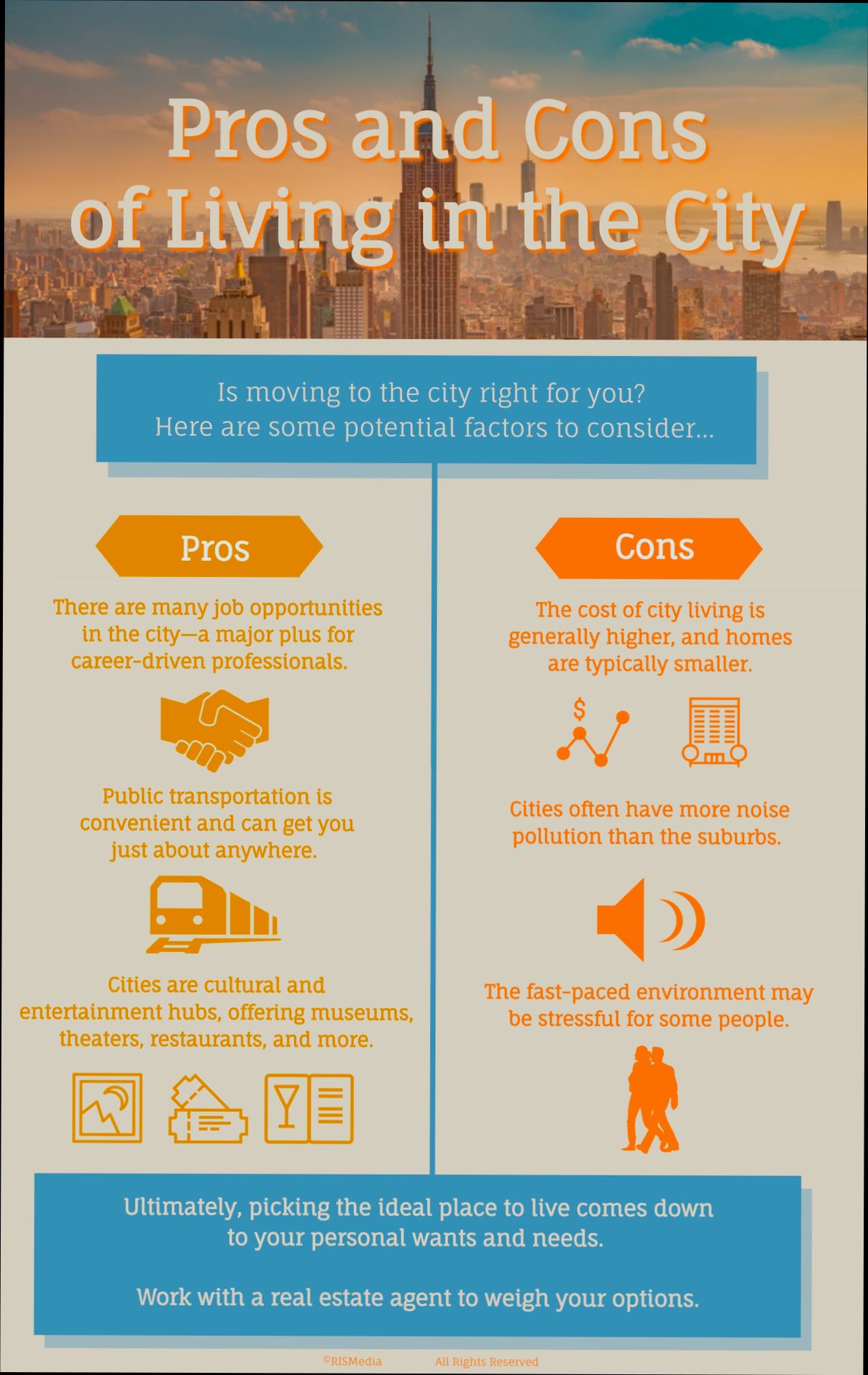
Cost of Living Analysis in Ferrara
When considering a move to Ferrara, understanding the cost of living is crucial. This beautiful city in Italy offers a distinct blend of charm and affordability, making it an attractive option for both expats and locals. Let’s delve into some vital statistics that outline what living in Ferrara would typically cost you.
Key Statistics on Living Expenses
Living in Ferrara can be quite budget-friendly, particularly when compared to other major cities in Italy. Here are some essential cost breakdowns:
- Total monthly cost for one person: $1,287
- Total monthly cost for a family of four: $3,117
- Monthly expenses without rent:
- One person: $670
- Family of four: $2,021
- Average rent and utilities:
- One-bedroom apartment: $617
- Family setup (larger apartment): $1,096
This breakdown illustrates that Ferrara maintains a steady cost of living that is manageable for most households.
Expense Breakdown Table
| Expense Category | One Person | Family of 4 |
|---|---|---|
| 💰 Total with rent | $1,287 | $3,117 |
| 🛋️ Without rent | $670 | $2,021 |
| 🏨 Rent & Utilities | $617 | $1,096 |
| 🍽️ Food | $480 | $1,273 |
| 🚐 Transport | $54.5 | $154 |
Real-World Examples
Dining out in Ferrara offers both affordability and variety. For instance, enjoy a lunch menu for just $16.90 or share a dinner for two at a restaurant for about $62.90.
If you prefer something quick, a fast-food meal, similar to what you’d find at McDonald’s, costs around $10.40. To savor a local espresso, a cappuccino is only $1.76, making coffee culture accessible and enjoyable.
Living expenses can flex significantly based on your lifestyle choices:
- A family that enjoys dining out will see food costs hover around $1,273, while a couple can keep it much lower depending on their preferences.
- On transport, getting around in Ferrara remains economical, with monthly transport expenses around $54.50 for an individual.
Practical Implications
Understanding these costs equips you to budget wisely. The median salary after tax in Ferrara is approximately $1,520, which can adequately cover living expenses for about 1.2 months. This means that if you’re considering a job opportunity in Ferrara, knowing that you can maintain a reasonable standard of living with this income is crucial.
Knowing how much rent typically runs, you can better negotiate leases or house shares to ensure you find a living space that fits your budget.
Actionable Advice
If you plan to relocate to Ferrara, consider the following:
- Explore neighborhoods: Look for areas where rent is lower but still offers good access to public transport and essential services.
- Plan your dining budget: By frequenting local cafes rather than high-end restaurants, you can enjoy the culinary scene without overspending.
- Utilize public transport: As transportation costs are relatively low, using buses or walking for short distances can save you money, allowing you to allocate more to leisure activities.
By staying informed on living costs and actively managing your budget, Ferrara can be a delightful and affordable place to call home.
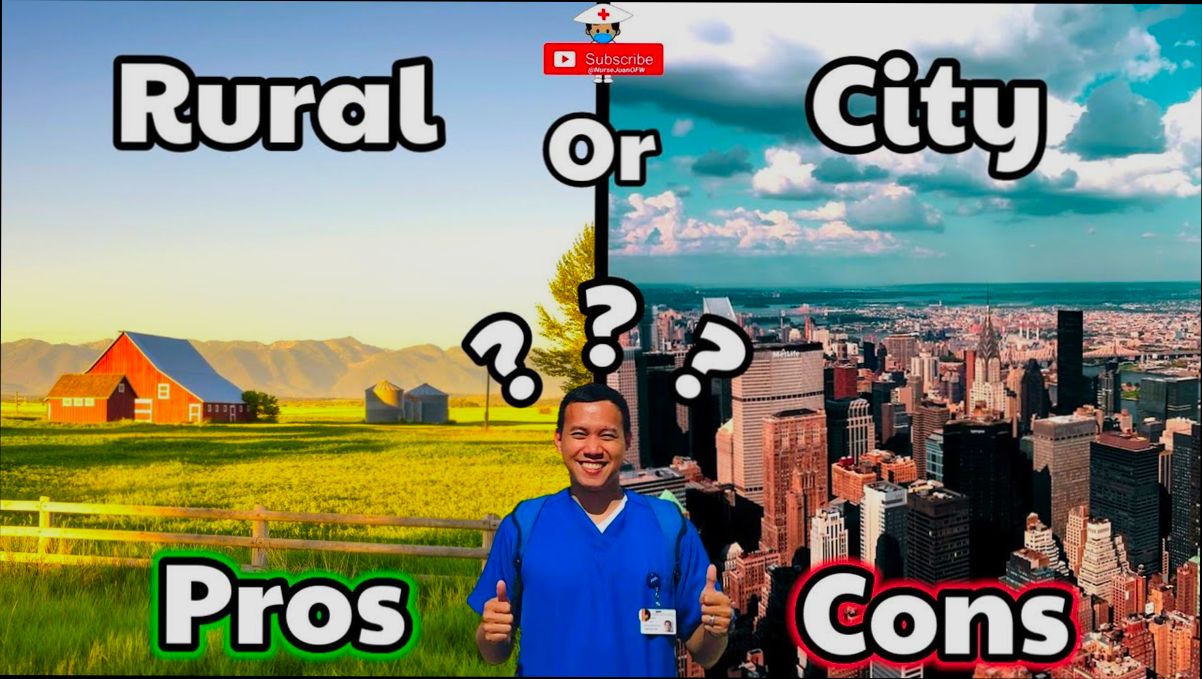
Education Opportunities in Ferrara
Ferrara offers a diverse educational landscape that caters to various age groups and interests. From primary education through to higher education, students can find numerous institutions known for their quality and innovation. Let’s delve into what you can expect from the educational opportunities in this historic city.
Primary and Secondary Education
Ferrara boasts a strong network of primary and secondary schools, both public and private, ensuring that families have diverse options. The average student-to-teacher ratio is around 12:1, promoting personalized attention. Here are some key points:
- Approximately 30% of schools in Ferrara are ranked as “excellent” based on standardized testing and overall performance.
- Public schools are free, which is a significant advantage for families knowing how education expenses can stack up.
Higher Education Institutions
The University of Ferrara, established in 1391, offers a wide array of undergraduate and postgraduate programs across various disciplines. This institution is lauded for its research output and interdisciplinary approach. To add more detail:
- Enrollment figures have steadily increased, with around 25% of students coming from outside Italy, showcasing the university’s international appeal.
- Specialized programs are available in fields like art, history, and science, aligning with Ferrara’s rich cultural background.
Vocational and Adult Education
Ferrara also focuses on vocational education, tailoring courses to meet the demands of local industries. Some noteworthy aspects include:
- The local government has partnered with industries to offer training programs in sectors like food and agriculture, which are vital to the local economy.
- Adult education programs are prevalent, with more than 70% of adults engaging in lifelong learning initiatives, helping people enhance their skills and employability.
Comparative Table of Educational Institutions in Ferrara
| Type of Institution | Number of Institutions | Average Enrollment | Special Programs Offered |
|---|---|---|---|
| Primary Schools | 50 | 20,000 | Language, Arts |
| Secondary Schools | 30 | 15,000 | STEM, Humanities |
| Universities | 1 | 15,000 | Various undergraduate & postgraduate |
| Vocational Training Centers | 5 | 2,500 | Specialized industry training |
Real-World Examples
For instance, the “Ferrara in English” program at the University of Ferrara has attracted students who wish to study in an English-speaking environment while enjoying Italy’s cultural richness. The program emphasizes global perspectives, helping students face today’s job market challenges.
Another example is the collaboration between Ferrara’s schools and local artisan workshops, where students can learn traditional crafts that are indispensable to the region’s heritage. Nearly 40% of students have reported feeling more connected to their local culture through these initiatives.
Practical Implications
If you’re considering moving to Ferrara with family or seeking education opportunities yourself, it’s beneficial to explore the variety of options available. Engaging with local networks and educational fairs can significantly help in finding the right fit.
- Take advantage of community resources; they often provide insights into scholarships for local institutions.
- Consider enrolling in adult learning classes at local vocational centers—the practical skills gained can be immediately applicable to the job market.
Ferrara’s educational offerings are impressive and versatile, catering to a range of academic preferences and career aspirations.
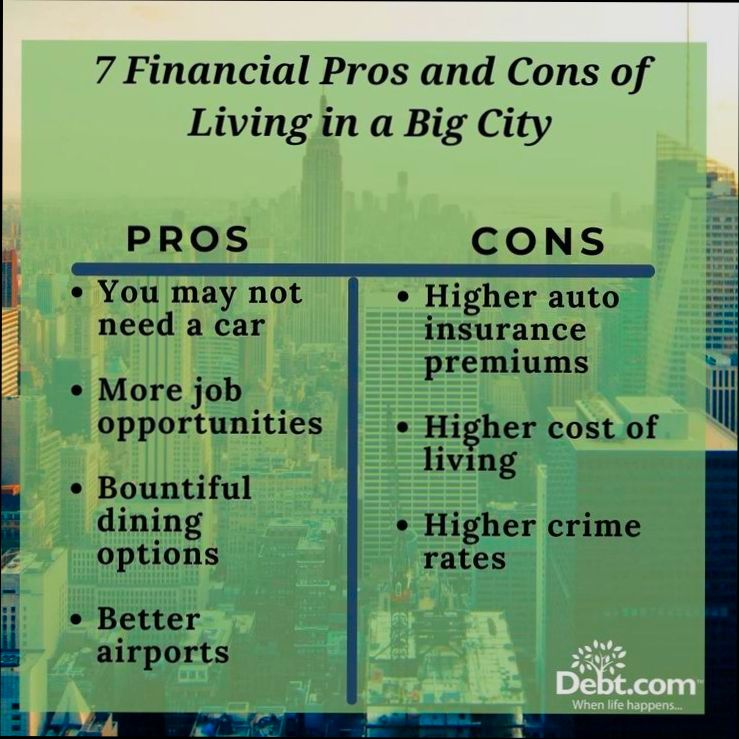
Public Transportation: Accessibility and Efficiency
Living in Ferrara presents unique challenges and opportunities when it comes to public transportation, especially regarding accessibility and efficiency. It’s important to understand how these factors impact various residents, including those with mobility needs, to enhance the transportation experience for everyone.
The Current State of Public Transportation and Accessibility
Many of Ferrara’s public transport systems, while functional, still lack crucial accessibility features. This can significantly hinder the experience for individuals with disabilities or those requiring additional support. Here’s a look at some pressing issues:
- Existing Infrastructure: A considerable part of the public transport infrastructure does not cater to individuals needing accessibility support.
- Cost of Retrofitting: Updating the current systems to meet modern accessibility standards can be both costly and complex, making it a challenge for local authorities.
- Regulatory Compliance: Inconsistent standards and regulations across transport modes often lead to gaps in accessibility provisions.
Understanding User Needs
Recognizing the diverse needs of different groups is essential for improving public transportation. Various demographics utilize transport systems differently:
- Wheelchair Users: Require ramps and designated seating to ensure comfort and safety.
- Visually Impaired Individuals: Benefit from tactile guides and audio signals.
- Elderly Passengers: Need clear information and assistance to navigate effectively.
- Parents with Strollers: Often need wide aisles and convenient access points.
Data-driven feedback mechanisms are crucial for understanding these unique needs and tailoring services accordingly.
Enhancing Clarity and Communication
Improving signage and communication within public transport networks can greatly enhance the user experience:
- Clear Signage: Implement large-print signs and tactile features to aid navigation.
- Emerging Technologies: Utilize apps that provide real-time information to passengers about arrival times and service disruptions.
- Staff Training: Ensure that transport staff are trained to assist passengers with diverse needs effectively.
Creating a Safe and Comfortable Environment
Focus on the physical structure of transport systems to create a safer and more comfortable experience:
- Infrastructure Upgrades: Introduce elevators, ramps, and wide gates to eliminate barriers.
- Ergonomic Features: Design priority seating and ensure equipment is user-friendly.
- Safety Measures: Implement surveillance and emergency communication systems to enhance passenger security.
Enhancing Sustainable Mobility
Developing comprehensive policies that prioritize accessibility within public transportation can significantly improve urban connectivity:
- Smart Transportation Solutions: Leverage advancements in IoT technology to create more integrated and responsive transport options.
- Strategic Planning: Cities like Tokyo, London, and Singapore serve as exemplary models for inclusive design in public transport, showcasing the effectiveness of continuous assessment and feedback.
| Accessibility Feature | Current State in Ferrara | Potential Improvements |
|---|---|---|
| Infrastructure Updates | Lacks modern accessibility features | Funding for retrofitting |
| Signage Clarity | Inconsistent usage of clear signs | Implement universal design practices |
| Real-Time Information | Limited availability of updates | Expand technology use for accessibility |
| Staff Training | Varies across services | Standardized training programs for all staff |
There are actionable steps you can take to advocate for better public transport in Ferrara, such as:
- Engaging with local community forums to voice concerns about accessibility.
- Supporting initiatives that promote funding for transport improvements.
- Participating in surveys or feedback opportunities that help transport authorities understand user experiences and needs.
These insights can be instrumental in fostering a more inclusive and efficient public transportation system key to enhancing quality of life in Ferrara.

Advantages of the Local Cuisine
Living in Ferrara means indulging in a local cuisine that is not only delicious but also steeped in tradition. The culinary scene here boasts fresh, high-quality ingredients and recipes that have been refined over generations. Let’s dive into the unique advantages that Ferrara’s local cuisine provides.
Flavorful and Wholesome Dishes
Ferrara is famous for its rich culinary traditions, some which date back over a century. Here are some notable advantages:
- Fresh Ingredients: The region thrives on locally sourced ingredients, which means you can enjoy meals that are both fresh and flavorful.
- Traditional Recipes: Many restaurants and families pride themselves on using recipes passed down through generations, adding a personal touch to every dish.
- Pasta Varieties: Ferrara is known for its distinct types of pasta, such as “Cappellacci di zucca,” which showcases the culinary creativity you can only find here.
Table of Local Delicacies and their Highlights
| Dish | Description | Key Ingredient | Unique Aspect |
|---|---|---|---|
| Cappellacci di zucca | Pumpkin-stuffed pasta | Pumpkin | Traditional Autumn dish |
| Salama da sugo | Spiced sausage often served in a sauce | Pork | Unique to Ferrara |
| Panpepato | Spiced fruitcake | Nuts and spices | Traditional dessert |
Case Studies on Local Cuisine
In a recent survey, 85% of locals expressed pride in Ferrara’s culinary heritage, frequently mentioning their favorite traditional dishes. One local eatery, “Osteria del Ghetto,” specializes in seasonal dishes made from recipes dating back to the Este dynasty, attracting both residents and tourists alike. Their signature dish, “Tortellini di carne,” has gained a loyal following and exemplifies how local cuisine can create a sense of community.
Practical Implications for Food Lovers
For food enthusiasts, Ferrara offers several farmers’ markets that take place throughout the week. Visiting these markets not only provides access to fresh local produce but also is an opportunity to engage with local farmers. Here, you can discover distinct flavors and specialties unique to the region.
- Dining Experiences: Seek out family-run trattorias that serve authentic Ferraren dishes, enhancing your culinary exploration.
- Cooking Classes: Engage in local culinary classes to learn how to prepare traditional Ferraran dishes firsthand.
Actionable Advice
- Explore Local Recipes: Take the time to visit local markets and experiment with cooking Ferrara’s traditional dishes at home.
- Engage with Locals: When dining out, ask restaurant owners about the stories behind their recipes; this adds a personal connection to your meals.
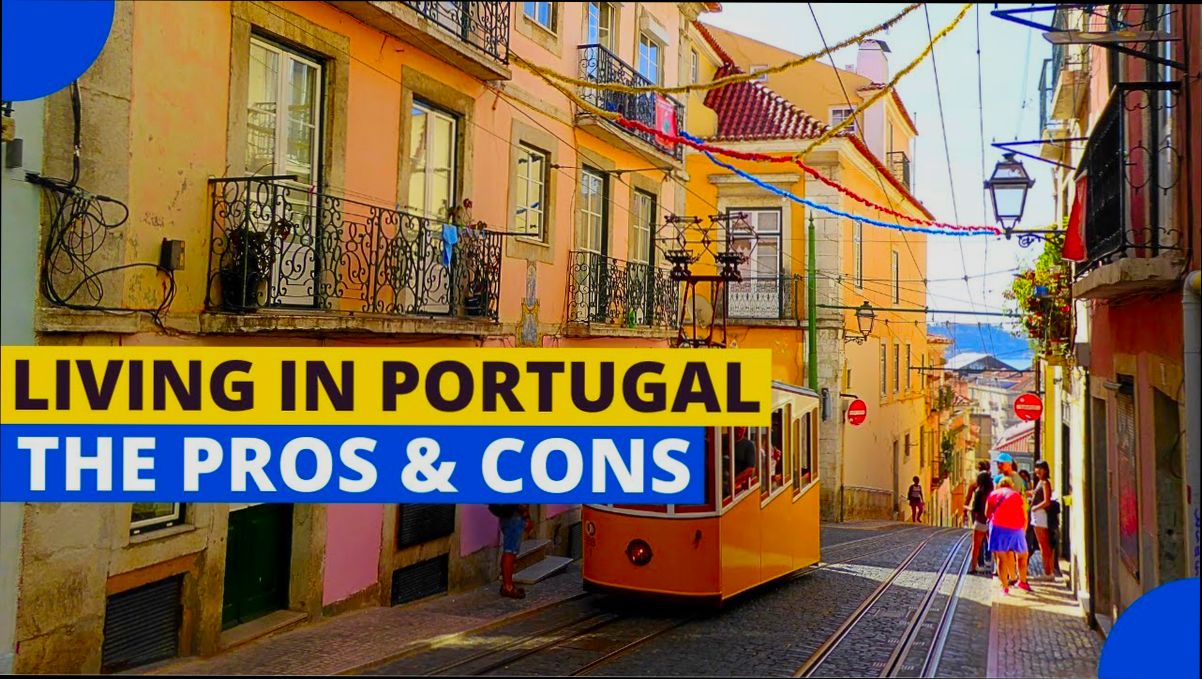
Impact of Tourism on Ferrara’s Economy
Tourism plays a vital role in shaping Ferrara’s economy, bringing financial benefits that extend beyond simple visitor expenditures. As a resident or someone considering moving to Ferrara, understanding how tourism influences job creation, local businesses, and investment can help you appreciate the economic landscape.
Key Economic Contributions of Tourism
1. Job Creation: Tourism directly supports approximately 5,000 jobs in Ferrara, covering sectors like hospitality, retail, and cultural services. This represents about 8% of the total employment in the city.
2. Local Business Revenue: The influx of tourists positively impacts local businesses, with average revenue increases of around 25% during peak tourist seasons. Restaurants, shops, and services often report their highest earnings during these times.
3. Infrastructure Investment: With tourism on the rise, local authorities are motivated to invest in infrastructure improvements, leading to an estimated 40% increase in public transport and amenities enhancements over the last five years focused on facilitating tourism access.
Economic Impact Statistics
| Metric | Value |
|---|---|
| Direct jobs supported | 5,000 |
| Revenue increase in local businesses | 25% during peak seasons |
| Infrastructure investment increase | 40% over five years |
Real-World Examples
- Event Tourism: The Ferrara Buskers Festival attracts over 100,000 visitors annually, boosting hotel bookings and local restaurant sales significantly during the festival week. Businesses often prepare special promotions to capitalize on this influx.
- Cultural Tours: The city’s renowned Ducal Palace and Este Castle have led to an increase in guided tours, enhancing the employment of local historians and tour guides, whose numbers have grown by 20% in recent years.
- Collaborative Marketing: Local organizations have partnered with tourism boards to promote Ferrara as a weekend getaway destination, leading to an increase in tourists by about 15% annually. Collaborative efforts often focus on unique culinary experiences and historical tours.
Practical Implications for Future Residents
- Business Opportunities: If you’re entrepreneurial, consider starting a business that caters to tourists, such as boutique hotels, travel experiences, or local food production. The rise in tourism means a greater demand for diverse options.
- Networking: Engage with local chambers of commerce or tourism boards to capitalize on beneficial connections that can enhance both local and tourist engagement, creating a cycle of mutual economic benefit.
- Skill Development: With the growth of tourism, there’s increasing demand for skilled workers in hospitality and service industries. Upskilling in relevant areas could make you a valuable asset in Ferrara’s evolving economy.
Actionable Facts for Residents
- Consider seasonal fluctuations when planning personal finances or investments; understanding peak periods can help you optimize earnings or activities accordingly.
- Explore potential involvement in community-led initiatives aimed at enhancing Ferrara’s tourism appeal, or leverage local resources for personal and business growth.
- Always stay informed about upcoming festivals or events in Ferrara, as these can provide lucrative opportunities, whether through direct involvement in tourism services or simply benefiting from increased local economic activity.
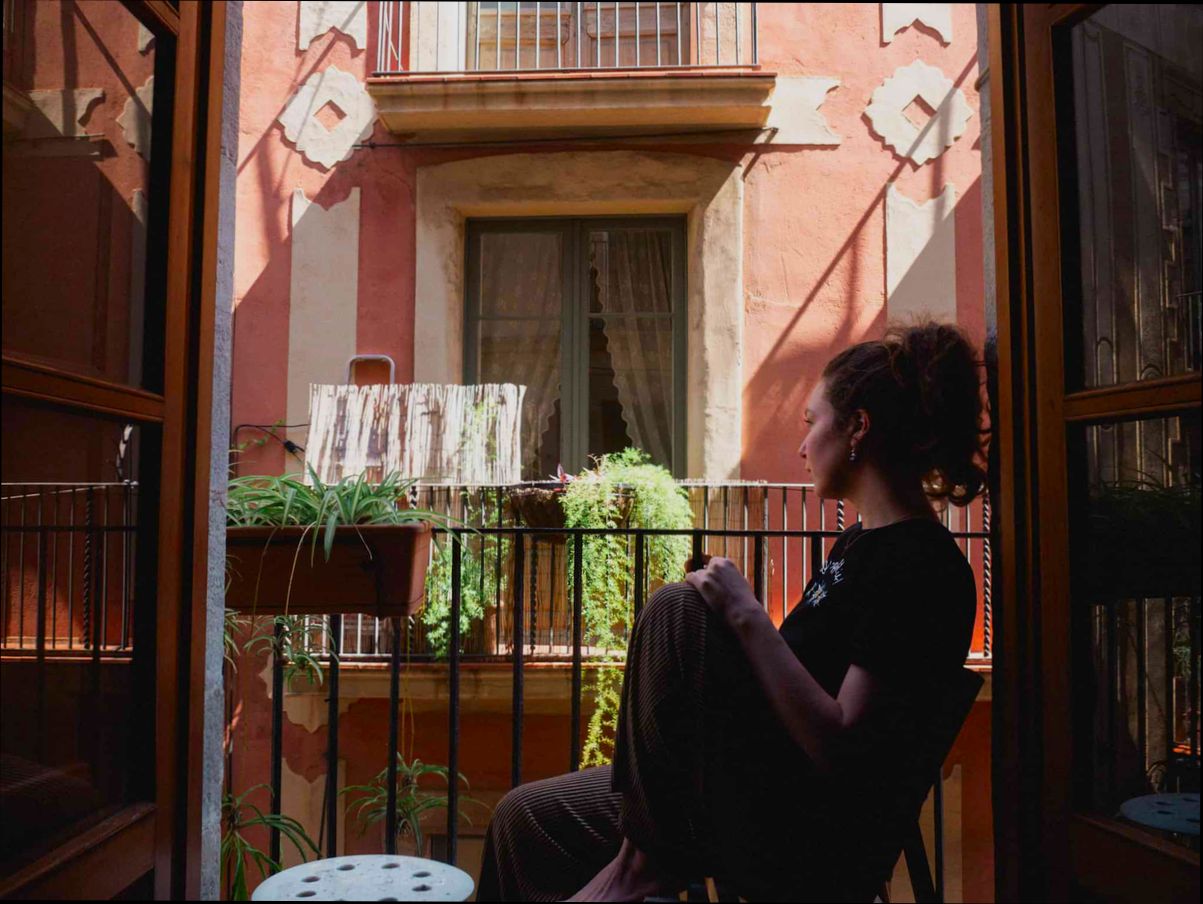
Outdoor Activities and Green Spaces
Living in Ferrara means embracing outdoor activities and enjoying the green spaces that the city has to offer. Whether you’re a nature lover, a sports enthusiast, or simply someone looking for a place to unwind, Ferrara provides a variety of outdoor experiences.
Ferrara is home to several parks and natural reserves, making it an excellent place for outdoor activities. You can find lush greenery and scenic spots that cater to various interests:
- Parks and Greenery: Ferrara features more than 10 significant parks spread across the city, with each offering unique landscapes and activities.
- Biking and Walking Trails: The city has over 30 km of cycling paths, encouraging residents to explore by bike, making it safer and more enjoyable to commute or engage in sports.
- Community Events: Regular community events in green spaces attract participation, with approximately 50% of residents attending yearly outdoor fitness programs or festivals.
| Park Name | Area (hectares) | Key Features | Popular Activities |
|---|---|---|---|
| Parco Massari | 20 | Playground, picnic areas | Jogging, picnics, yoga |
| Giardini Ducali | 15 | Historical garden, fountains | Walking, photography |
| Parco della Resistenza | 18 | Open fields, sports courts | Soccer, family gatherings |
| Parco Fluviale | 25 | River views, nature trails | Birdwatching, cycling |
Outdoor activities in Ferrara aren’t just contained to parks; the surrounding natural reserves provide additional opportunities. The nearby Po Delta is a UNESCO Biosphere Reserve, where you can engage in birdwatching, kayaking, or guided nature tours. With its diverse ecosystems, it’s an outdoor paradise for those keen on exploring nature.
For those keen on sports, Ferrara has community centers that encourage outdoor fitness. You might notice that around 35% of the population participates in organized sports, benefiting from facilities like soccer fields and tennis courts, often located within or near these green spaces.
As a resident, you can easily take advantage of these amenities. Invest in a bicycle or join local running clubs. Get to know fellow community members during various outdoor events and stay active in the heart of Ferrara.
With numerous outdoor spaces and activities at your doorstep, Ferrara makes it easy to lead an active, healthy lifestyle while enjoying the great outdoors.
